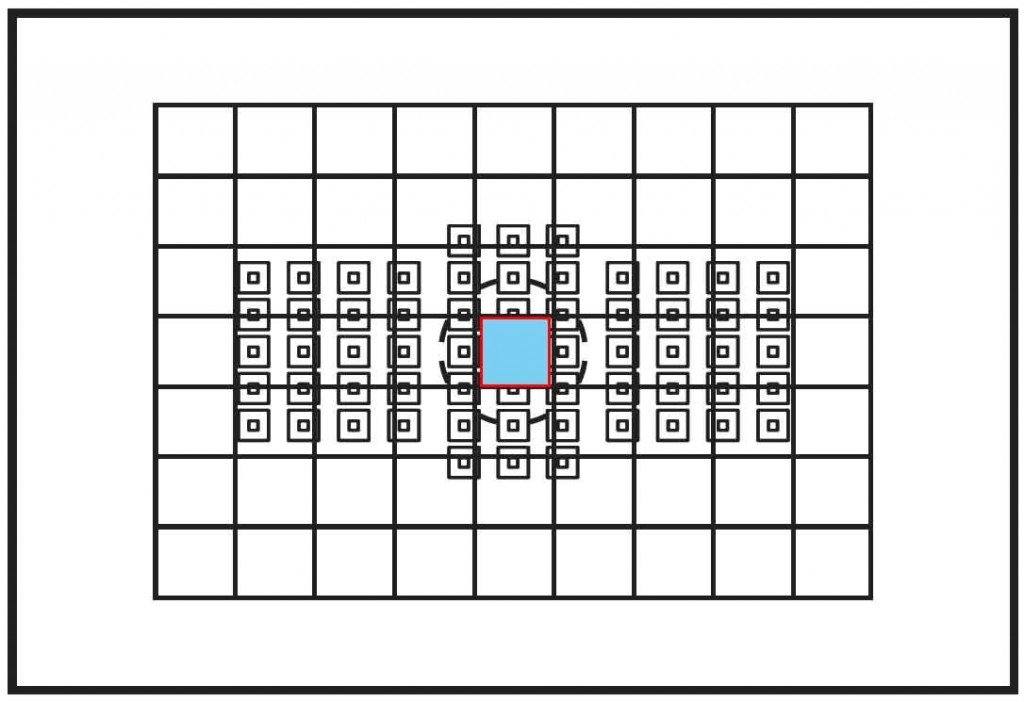Shortly after I made this post, the reader who made the initial suggestion sent me an email with some comments and clarifications. I’ve quoted it below in two sections.
Spot meter is in camera….1.5 percent in 5d3. Easy to see coverage if you know where it is.
So it is pretty easy to do this while setting up the shot. If I see that some of the highlight reading may have some darker areas, I can adjust a little.
It is important to remember that, while I am attempting to get all channels unclipped, with LR, I have more than a stop of recovery between 95 and 99 percent (100 is clipped). Great article by Jardine at http://mulita.com/blog/?p=3358
Obviously there is no need for meter/sensor calibration, as this is done when you do your camera “calibration” to find the EV offset needed, which is also postprocessor dependent, in this case, LR.
Good point, and handier than a separate spotmeter, unless the camera is on a tripod.
You maybe correct on chromaticity, luminance, and spectral curves. However, I find that just concentrating on the tones (luminance) works just fine. For this purpose, I suspect the other stuff is slicing the baloney a bit too thin. We are just playing horseshoes here, after all.
You’re right about just needing to get close. Whether chromaticity is important or not depends on the subject matter. For example, the Las Vegas neon lights in this series are highly chromatic, and you’d want to look at each channel to make sure the highlights aren’t blown. On the other hand, there are many situations in which the highlights are pretty neutral: clouds, snow, surf, etc.
This sounds like a good technique for many situations and image-making styles, and if it works for you, I say go for it. I’ll be doing some testing to see if it works for me.

Leave a Reply